“Bartan Walaaaaaaaaaaaa”

If you are from India, you would recall that in the good old days there used to be a hawker who would not sell anything but rather would take your old clothes and exchange them for steel utensils, new clothes, or other daily use items.
You can term it a barter system and Indian homemakers used to have a gala time showcasing their negotiation skills.
In some places, we can still spot them, but unfortunately, the steel utensils are replaced with plastic wares. (like the one lady in the picture we spotted in Udaipur, Rajasthan)
It was an excellent system where old clothes were refurbished & restored and sold in other markets (circular economy).
These days many of these clothes, bags, plastic, and electronic items are made, consumed, and then thrown out in landfills (linear economy).
What is the difference between Circular Economy and Linear Economy?
Let us take the example of the device on which you are reading this, your cell phone, laptop, or tablet – which contains copper, lead, zinc, mercury, arsenic, and many other raw materials that are excavated from the earth’s surface.
Imagine, if human beings keep mining and manufacturing these electronic devices and consumers just toss these devices in the landfills after every few years.
Can all the raw materials last forever? Sure, it will get exhausted sooner or later. Unless we find alternatives, our future generations will not have mobile phones. This is a Linear Economy.
Another option is to start giving back, whenever we want to change our mobile phone or laptop, instead of throwing it out – we give it to someone, resell it, or give it for recycling. Manufacturers can retrieve the raw materials (copper, lead, zinc, etc.) from the old device and use them to make a new device. This is a Circular Economy
In Summary,
Linear Economy is taking the resources -> making the product -> throwing the product ⬇️.
While the Circular economy is about restoring, reusing, repurposing, and recycling.
If you apply the same logic to say the furniture in your room or the clothes which you are wearing. In the linear model, once you think of a replacement for your items, they will be thrown in a landfill while in the case of a circular economy, they can be reused, repurposed, or restored.
Why should we go for a Circular Economy?
Over the last few decades with increasing industrialization, consumerism, unlimited choices, fast fashion, and high disposable incomes – the prevailing mindset has been to buy items and throw them.
Current industrial processes are characterized by a linear system where you take resources from nature to make things, sell them to consumers who use them, and dump them when use is over.
In producing and discarding resources, we create by-products like carbon dioxide and methane, which have huge environmental repercussions –
- New raw materials need to be extracted every time a product needs to be developed. Like zinc, copper, etc in the case of an electronic device or a tree that needs to be chopped for wooden furniture. In addition, we would need energy, water, packaging (plastic), transportation, and other resources.
- The items which are thrown in the landfills – pollute the surroundings & air, take up a vast amount of land, and the harmful chemicals from the litter percolate underground which further contaminates the soil and water
A circular economy limits the impact of the linear economy by ensuring that resources remain in the system for a longer period. The materials remain in use more than once thereby reducing the extraction of new raw materials and waste minimization.
-
- The same zinc, copper, etc. can be used to make a second phone or probably many more phones.
- The wood of the wooden dining table can be used to make four side tables and other furniture from the repurposed sawdust.
- The tee shirt can be upcycled as a carrying bag.
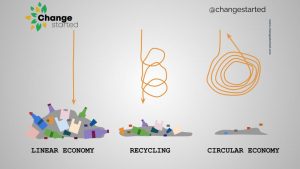
Earth resources are limited, hence a model which is dominated by production, consumption, and disposal is untenable. Moreover, with climate change impacts due to pollution and waste, it becomes imperative that we switch toward a circular economy.
While some leakage will happen from the circular economy as well, considering not everything can be reused as it might not be resource-effective.
Hence it cannot be an ‘either’ and ‘or’ case, but a slow transition.
Here are some of the circular economy companies in India transforming waste into valuable products. Read here.

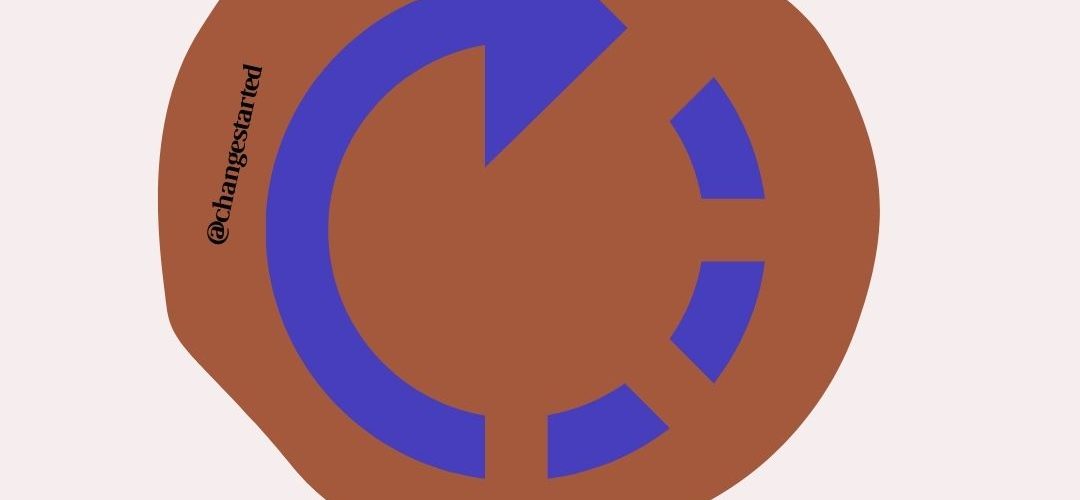
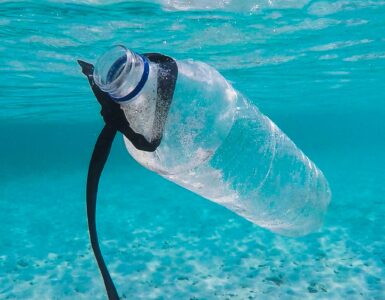
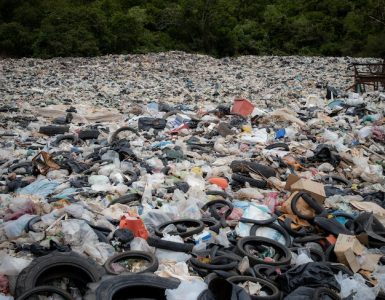
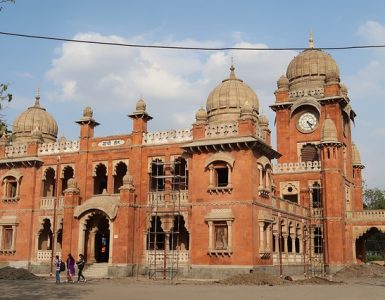

Add comment